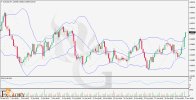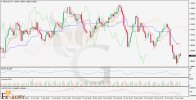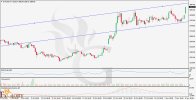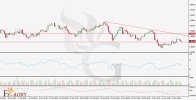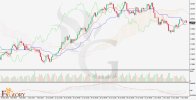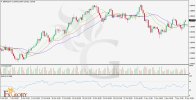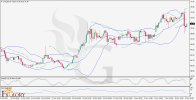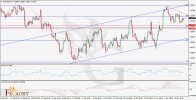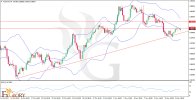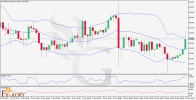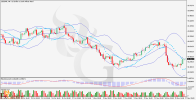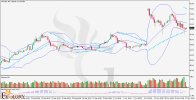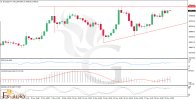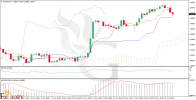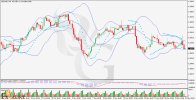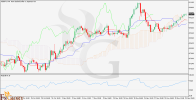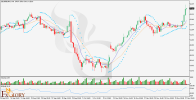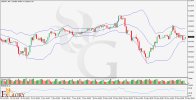FXGlory Ltd
Member
EURJPY analysis for 31.10.2023
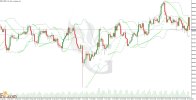
The EURJPY 4H chart shows signs of market consolidation within the Bollinger Bands. The currency pair has been oscillating between the upper and lower bands, indicating periods of volatility followed by stabilization. Notably, the Parabolic SAR dots, initially above the price candles suggesting a bearish trend, have recently moved below them, hinting at a possible bullish reversal. However, the proximity of the price candles to the middle Bollinger Band indicates a lack of strong directional bias. Traders should exercise caution and wait for a clear breakout from the bands or a consistent trend in the Parabolic SAR before making decisive moves. The upcoming sessions will be crucial to determine the pair's next direction.
FXGlory
31.10.2023

The EURJPY 4H chart shows signs of market consolidation within the Bollinger Bands. The currency pair has been oscillating between the upper and lower bands, indicating periods of volatility followed by stabilization. Notably, the Parabolic SAR dots, initially above the price candles suggesting a bearish trend, have recently moved below them, hinting at a possible bullish reversal. However, the proximity of the price candles to the middle Bollinger Band indicates a lack of strong directional bias. Traders should exercise caution and wait for a clear breakout from the bands or a consistent trend in the Parabolic SAR before making decisive moves. The upcoming sessions will be crucial to determine the pair's next direction.
FXGlory
31.10.2023



